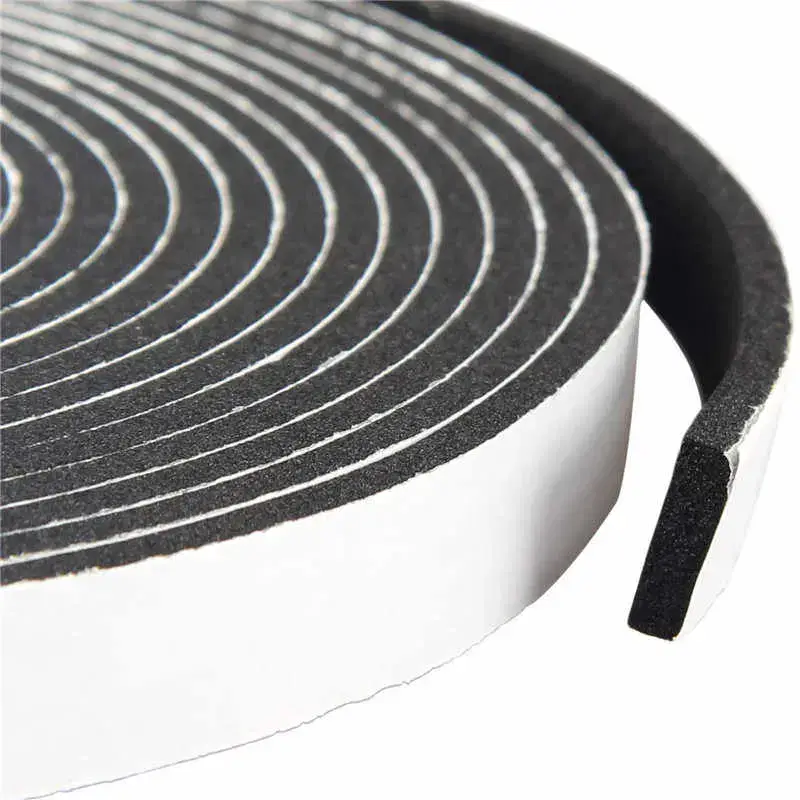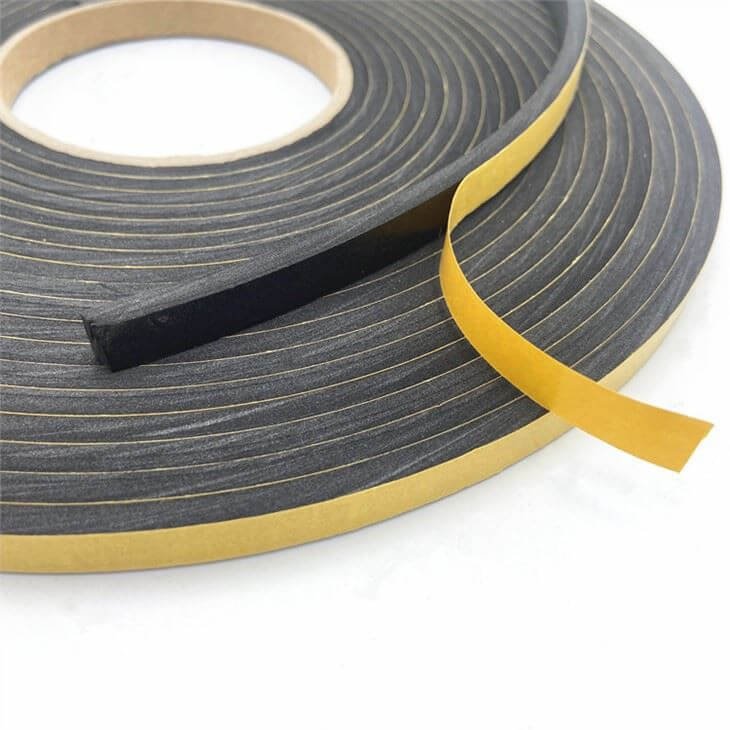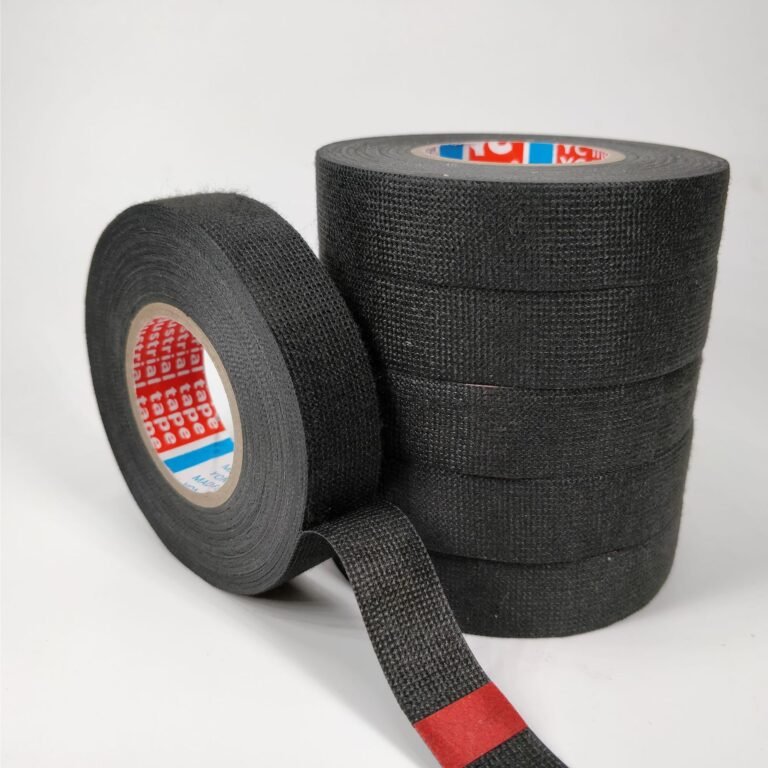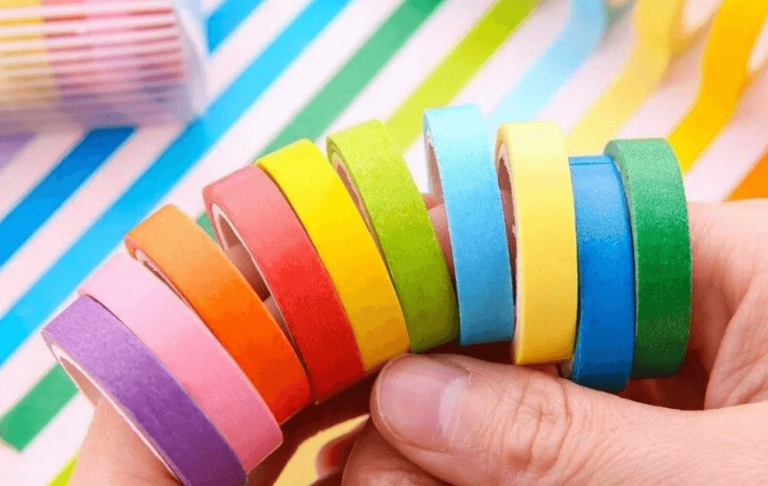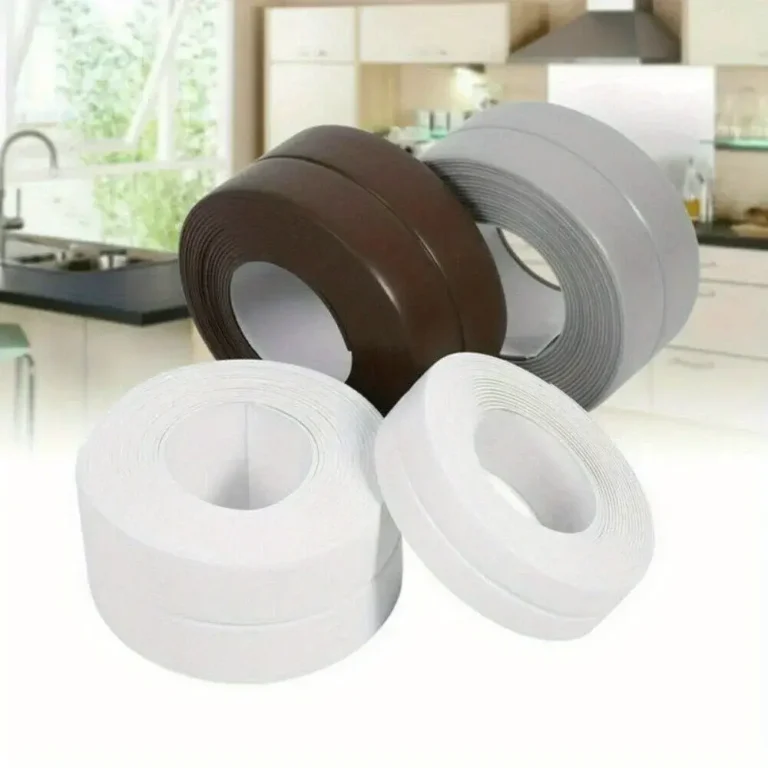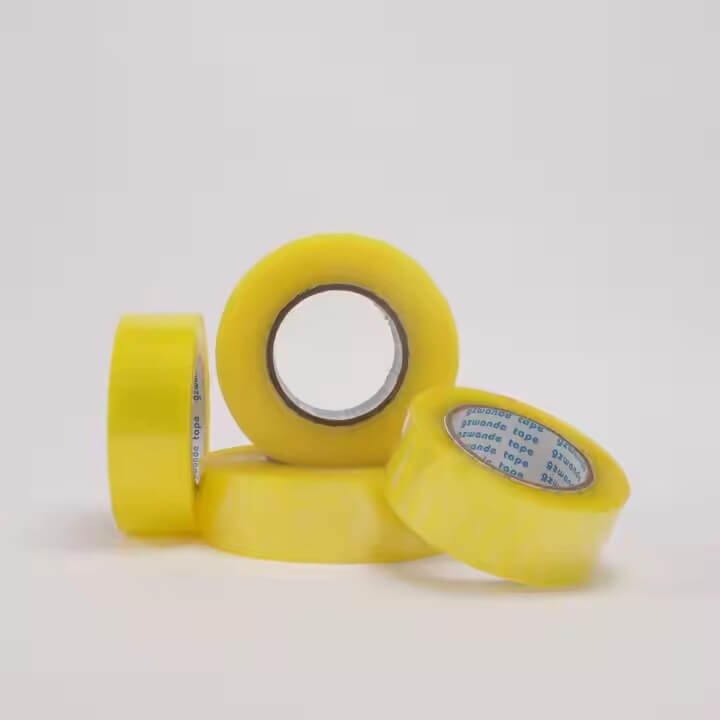EVA Tape vs. Foam Seal Tape: Comprehensive Guide to Properties, Applications & Optimization
In the realm of adhesive solutions, EVA tape and foam seal tape have emerged as indispensable tools, valued for their versatility and performance across diverse industries. This article delves into the core characteristics of EVA tape, explores the multifunctional uses of foam tape, and provides a detailed guide on optimizing foam seal tape applications.
I. Understanding EVA Tape: Composition and Key Advantages
EVA tape, short for Ethylene Vinyl Acetate tape, is crafted from a copolymer blend of ethylene and vinyl acetate. This unique formulation imparts exceptional flexibility, durability, and weather resistance, making it a preferred choice for bonding surfaces in challenging environments.
Core Features of EVA Tape
- Superior Adhesion: Bonds effectively with plastics, metals, wood, and composite materials, ensuring secure and long-lasting connections.
- Extreme Temperature Resistance: Withstands wide temperature ranges (from -30°C to 80°C), making it suitable for both indoor and outdoor applications, including automotive, construction, and packaging.
- Weather and Chemical Resilience: Resists UV radiation, moisture, and mild chemicals, maintaining performance in harsh conditions.
- Flexibility: Moldable foam structure conforms to irregular surfaces, ideal for sealing gaps or creating cushioned bonds.
II. Foam Tape: Diverse Applications and Functional Benefits
Foam tape, including EVA-based variants, is defined by its cellular foam backing and strong adhesive layer. This design combines cushioning, sealing, and shock-absorbing properties, making it a versatile solution across industries.
Primary Uses of Foam Tape
- Sealing and Insulation
- Energy Efficiency: Used in windows, doors, and HVAC systems to block drafts, moisture, and dust, enhancing thermal insulation and reducing energy loss.
- Airtight Barriers: Creates seals in industrial equipment, automotive compartments, and packaging to prevent leaks or environmental intrusion.
- Mounting and Bonding
- Lightweight Applications: Secures signs, displays, and decorative elements without mechanical fasteners, offering a clean, damage-free solution.
- Structural Support: Bonds panels, trims, and components in automotive and aerospace manufacturing, ensuring stability and vibration resistance.
- Vibration and Noise Dampening
- Industrial Machinery: Absorbs shocks and reduces noise transmission between moving parts, extending equipment lifespan.
- Automotive Interiors: Enhances passenger comfort by minimizing rattling and vibrations in door panels, dashboards, and trunk linings.
- Packaging and Protection
- Fragile Items: Provides cushioning for electronics, glassware, and delicate components during shipping, reducing impact damage.
- Edge Guarding: Lines boxes or crates to prevent scratches and secure contents during transit.
III. Effective Usage of Foam Seal Tape: Step-by-Step Guide
Maximizing the performance of foam seal tape requires proper surface preparation and application techniques. Below is a detailed workflow for optimal results:
1. Surface Preparation
- Cleanliness: Wipe surfaces with isopropyl alcohol or a degreaser to remove dust, oil, or residue. Ensure surfaces are dry and free of contaminants.
- Roughness: For low-adhesion surfaces (e.g., polished metal or plastic), lightly sand to create a textured base for better bond retention.
2. Measurement and Cutting
- Precision Cutting: Use a sharp blade or scissors to cut the tape to the exact length required. For curved or irregular surfaces, pre-fit the tape to ensure a snug seal.
- Avoid Overstretching: Handle foam tape gently to prevent distortion, as stretching can compromise its cushioning and sealing properties.
3. Application and Bonding
- Peel and Align: Remove the protective backing slowly, aligning the tape with the target surface. Start at one end and smooth it down to avoid air bubbles.
- Even Pressure: Use a rubber roller or firm finger pressure to apply consistent force along the entire length of the tape. This ensures full contact between the adhesive and the surface.
4. Trimming and Finishing
- Neat Edges: Trim excess tape with a utility knife for a clean finish, especially in visible areas or when precise seals are required.
- Cure Time: Allow 24 hours for the adhesive to fully cure before subjecting the tape to heavy loads, moisture, or temperature fluctuations.
5. Post-Installation Checks
- Seal Integrity: Inspect for gaps or lifting edges. If necessary, reapply pressure or replace the tape for critical applications (e.g., waterproof seals).
IV. EVA Tape vs. Other Foam Tapes: Key Comparisons
| Feature | EVA Tape | Polyurethane Foam Tape | PE Foam Tape |
| Adhesion Strength | High (suitable for heavy-duty) | Medium (ideal for lightweight) | Low to Medium (general use) |
| Temperature Range | -30°C to 80°C | -20°C to 60°C | -10°C to 50°C |
| Weather Resistance | Excellent (UV/moisture-proof) | Good (moderate outdoor use) | Fair (suitable for indoor) |
| Flexibility | High (conforms to curves) | Moderate | Low (stiffer foam) |
| Typical Uses | Automotive, construction | Electronics, home decor | Packaging, temporary seals |
V. Conclusion
EVA tape and foam seal tape represent innovative solutions for bonding, sealing, and protecting in countless applications. Whether used in industrial settings to enhance equipment durability or in residential projects to improve energy efficiency, their versatility and performance make them essential tools. By following best practices for surface preparation and application, users can leverage these tapes to achieve reliable, long-lasting results. As technology advances, EVA and foam tapes will continue to evolve, offering even more specialized solutions for emerging industry needs.

